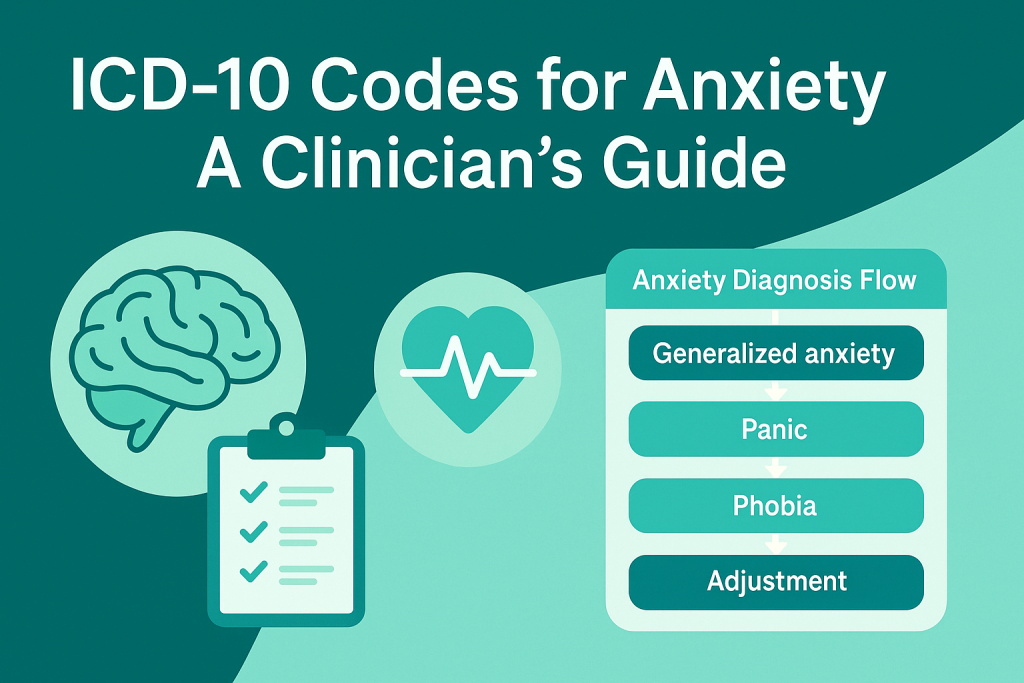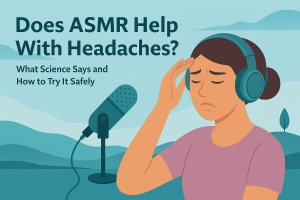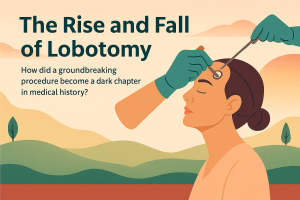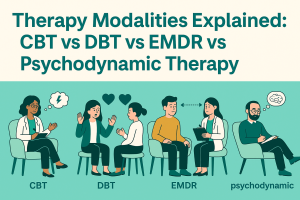ICD-10 Codes for Anxiety: A Clinician’s Guide
Clear, compliant coding starts with picking the right anxiety code—and documenting why. Below, I’ll show you the most common F40–F41 codes, a quick visual “Anxiety Diagnosis Flow,” and practical examples from therapy and psychiatry so you can code confidently.
I still remember my first hospital chart audit—half the denials came down to vague anxiety coding. Since then, I’ve used a simple rule: name the anxiety pattern, document the functional impact, and match the code to your treatment aim. Let’s make that easy.
Most-used ICD-10 codes for anxiety (at a glance)
Excessive worry most days ≥6 months with physical symptoms (restlessness, fatigue, tension, irritability, sleep issues).
Recurrent unexpected panic attacks with persistent concern or behavior change related to the attacks.
Marked fear of social/performance situations with avoidance or endured distress; interferes with function.
Circumscribed fear (flying, heights, needles, animals) provoking immediate anxiety and avoidance.
Use temporarily when anxiety is clear but type is not yet determined. Replace with a specific code once clarified.
When presentation doesn’t neatly fit GAD/panic/phobia (document the specific clinical picture).
Clinically significant anxiety in response to an identifiable stressor that doesn’t meet another anxiety disorder.
Marked fear/avoidance of situations where escape/help may be difficult; specify with/without panic disorder when supported.
Related: Depression ICD-10 codes • ADHD ICD-10 codes
Anxiety Diagnosis Flow (visual)
Need structured templates? Try our guides to SOAP notes and progress notes.
Documentation essentials (what payers look for)
Exclusions & coding caveats
- Substance-induced symptoms: Consider substance-related or withdrawal diagnoses if anxiety is primarily medication/substance related.
- Medical etiology: If anxiety is due to a medical condition (e.g., hyperthyroidism), code the medical condition first and document the relationship.
- Primary mood disorder: When depressive features are predominant, code depression as principal and anxiety as comorbid if appropriate. Reference: Depression codes guide.
- Adjustment vs anxiety disorder: If reaction is clearly to a stressor and criteria fit adjustment disorder, use F43.22 instead of a primary anxiety disorder.
Real-world coding examples (behavioral health)
Symptoms: daily worry > 6 months, insomnia, muscle tension, fatigue; GAD-7 = 15 Function: work errors, avoids decisions; no SI/HI Plan: CBT for worry; sleep hygiene; SSRI trial with prescriber Code: F41.1 Generalized anxiety disorder
Symptoms: 4 panic attacks last month, unexpected; persistent worry about additional attacks; ER visit once Plan: Psychoeducation, interoceptive exposure, consider SSRI; safety plan; f/u 2 weeks Code: F41.0 Panic disorder
Symptoms: marked fear of presentations, blushing/tremor; avoids team briefings; impairment on job Plan: Exposure hierarchy, skills coaching; consider PRN non-sedating beta-blocker with prescriber Code: F40.1 Social phobias
Symptoms: worry and tension following parent’s stroke; < 3 months onset; no full GAD criteria Plan: Problem-solving therapy; respite resources; follow-up in 4 weeks Code: F43.22 Adjustment disorder with anxiety
ICD-10 vs DSM-5: how they align for anxiety
| Clinical construct | ICD-10 code | DSM-5 term | Notes |
|---|---|---|---|
| Generalized anxiety | F41.1 | Generalized Anxiety Disorder | Duration ≥6 months; similar core features. |
| Panic disorder | F41.0 | Panic Disorder | Recurrent unexpected attacks + concern/behavior change. |
| Social anxiety | F40.1 | Social Anxiety Disorder | Performance-only specifier in DSM-5—document context. |
| Specific phobia | F40.2 | Specific Phobia | Map by stimulus (animal, natural, blood-injection-injury, situational). |
| Agoraphobia | F40.00/F40.01 | Agoraphobia | Specify relation to panic when appropriate. |
| Adjustment with anxiety | F43.22 | Adjustment Disorder w/ Anxiety | Stressor-driven; time-limited course expected. |
| Unspecified anxiety | F41.9 | Other/Unspecified Anxiety | Use temporarily; refine when clear. |
CPT/E/M pairing notes? See how to use CPT 99203.
Make your anxiety coding audit-proof
We help clinics align ICD-10 anxiety coding with documentation templates, payer grids, and clean claim workflows—without adding admin load.
Talk to a Practice Consultant



